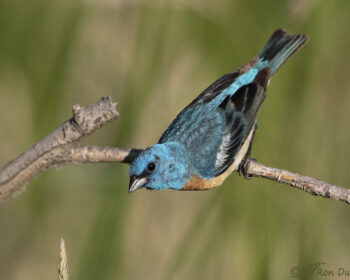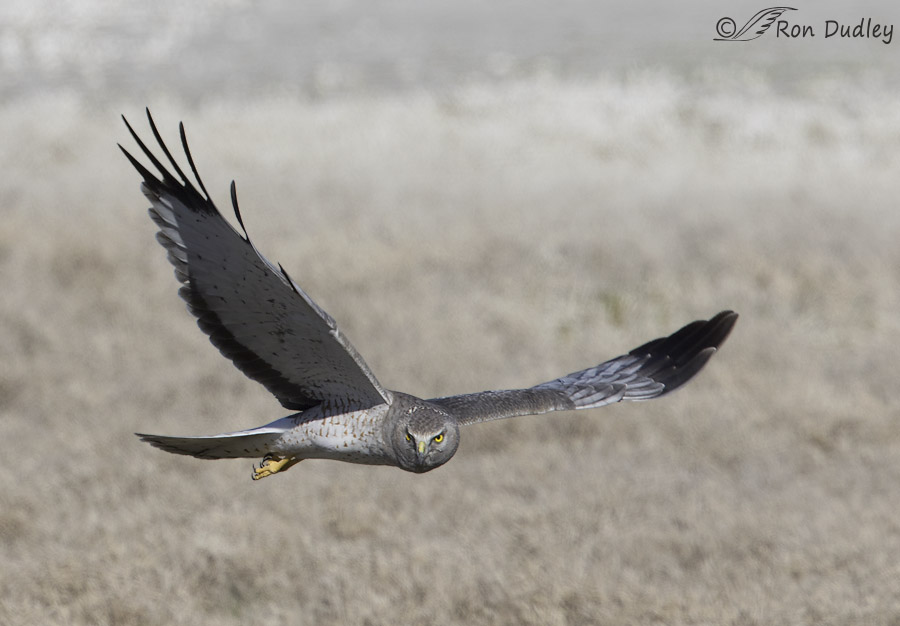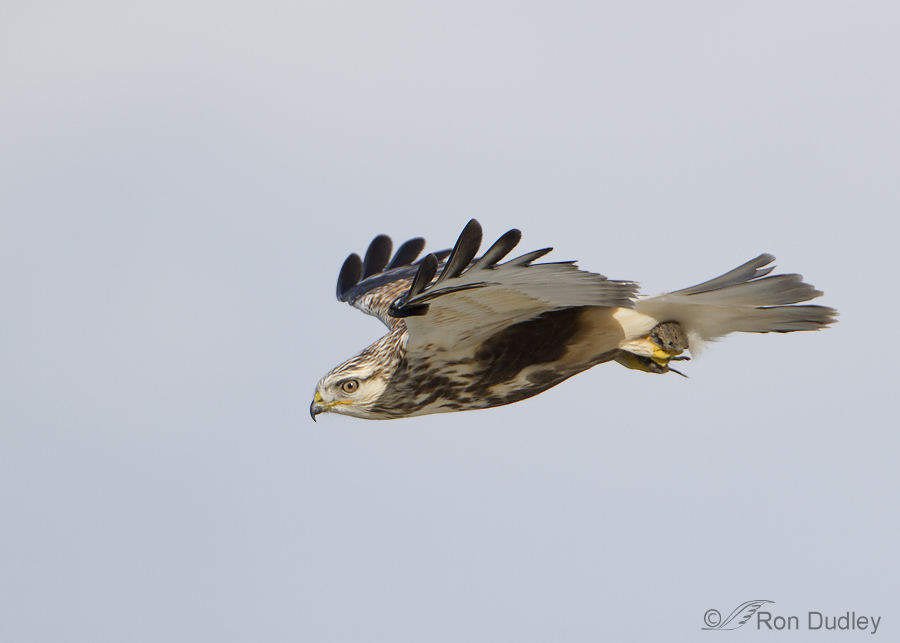Tag: eye contact
The Gray Ghost Giving Me The Evil Eye
Rough-legged Hawks In Contrasting Styles
How Important Is Direct Eye Contact?
I’m hoping to get some feedback from my viewers on this one. Almost from day one with my bird photography I’ve labored under the impression that good eye contact with my subject is vital, almost essential, for a strong image. But that’s a premise I’m beginning to question to some degree. I don’t think there’s any question that a good look at the eye almost always makes for a stronger image. Direct eye contact is often even better. But no image is perfect – they all have strengths and weaknesses and I’m wondering if I sometimes put too much importance on eye contact over other desirable traits of an image. Below are three images of male Northern Harriers. Each has strengths and weaknesses. My previous impulse would have been to shun the last two shots because of a poor look at the eye, even though they have other strengths the first image does not. Now I’m not so sure… 1/4000, f/6.3, ISO 500, 500 f/4, natural light, not baited, set up or called in In this photo the bird has an interesting wing position and it’s nicely separated from the horizon below. And I have great eye contact but the bird is “only flying” and there’s nothing else interesting going on. And besides, it could be said that looking at the photographer isn’t really a “natural behavior” anyway… Note: If you’re wondering what the brown is at top right, the background is water, not sky, and the brown at top and bottom are land. I could clone or…
The Trouble With Harriers
Obtaining proper exposure on certain birds with high contrast colors has always been a big problem for bird photographers. When your subject has both very light and very dark colors it becomes problematic to get good detail in the darks without “blowing out” the whites, especially if the whites are very bright white. A partial list of bird species that are notoriously difficult to expose properly would include the Black Billed Magpie, male Wood Duck, adult Bald Eagle and many species of Terns. And because of the bright white rump patch found on all ages and both sexes of Northern Harriers, that species would also be on the list. One of the partial solutions to this problem is to photograph while the sun is low during either early morning or late afternoon because the light is much less “harsh” then and also because it has a better chance of striking the bird obliquely rather than at right angles (light at an angle tends to produce tiny texture shadows – “detail”). 1/2000, f/6.3, ISO 500, 500 f/4, 1.4 tc, natural light, not baited, set up or called in I like this image for a variety of reasons: the well-lit and detailed view of the topside of a harrier in flight, provided by the banking flight posture of the bird getting good eye contact with this flight posture isn’t easy, but this shot has it the background has some color texture – instead of solid blue sky or white clouds it’s a subtle mixture of both the harrier is sharp –…




